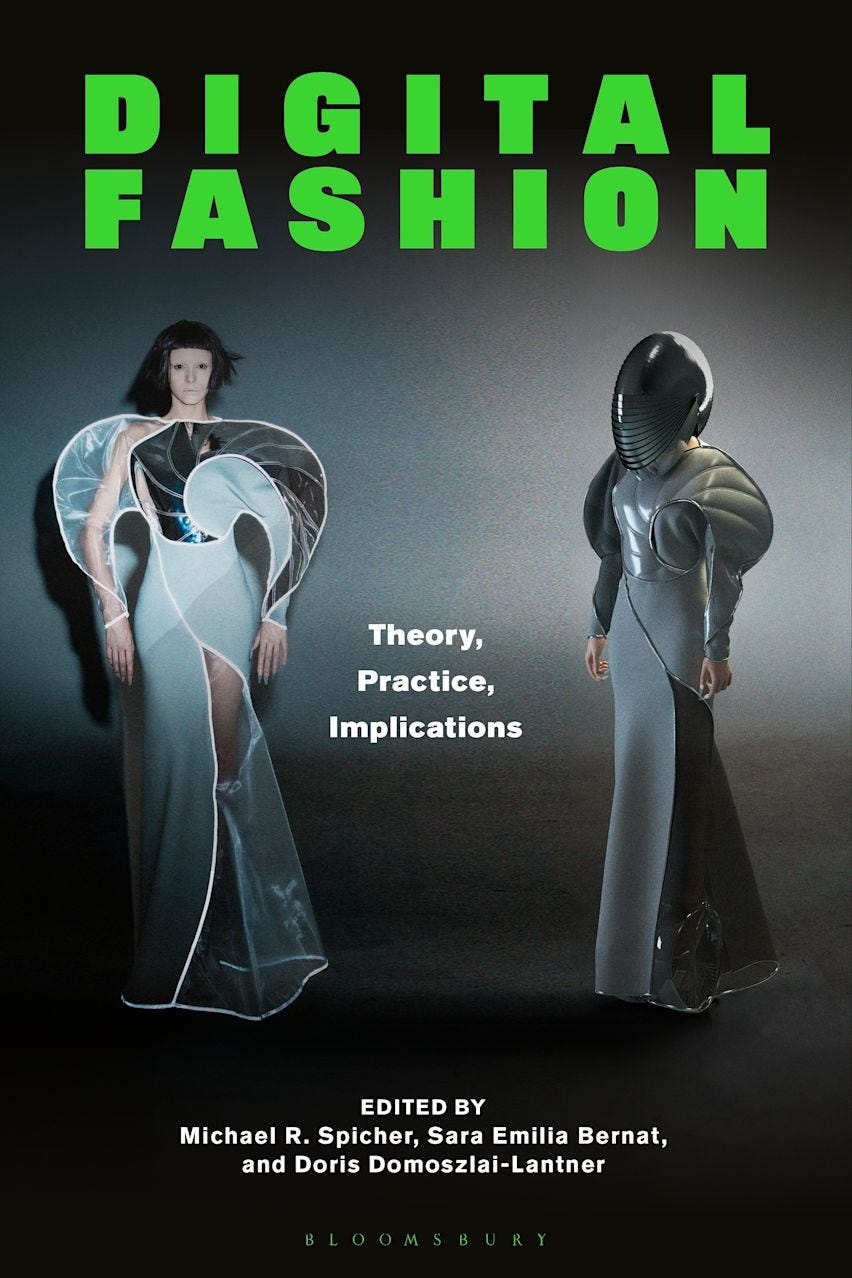What do the Wright Brothers, Apple, and Martin Luther King Jr. have in common? According to Simon Sinek, they all inspired others through a clear and compelling sense of WHY—a deep purpose that guided their actions and shaped their success. Since his TEDx talk went viral in 2009, Sinek’s ideas have influenced countless leaders, businesses, and organizations. But there’s an element often overlooked in discussions of WHY: aesthetics. The way a company presents itself—visually, verbally, and experientially—can either reinforce its WHY or dilute it.
Sinek emphasizes that a company’s WHY must be communicated clearly to inspire employees and customers. But communication isn’t just about words—it’s also about how an idea is expressed and experienced. This is where aesthetics comes in. A business might have a strong WHY, but if it isn’t woven into its brand, culture, and design, it risks being misunderstood or forgotten. Aesthetics helps make a company’s WHY visible, memorable, and deeply felt.
Simon Sinek’s Big, Simple Idea
“People don’t buy what you do; they buy why you do it.” He says this statement over and over again in his book and talk. Great leaders inspire others to action.
He claims there are two basic ways to change behaviors in others: manipulate them or inspire them. Manipulation, as he uses it here, is not necessarily bad. If you lower your prices, offer a free consultation, or add impressive features, you may manipulate someone into buying your product or service. But you haven’t gained a loyal customer. Eventually, someone else will have lower prices or better features, and your customer may go to them instead. Inspiration arises out of commitment to your WHY. Apple, as Sinek explains, is not simply a computer company. They are a company that seeks to disrupt the status quo, and they began doing that with computers. And then with cell phones. And then with the music industry.
When companies, nonprofits, or organizations talk about their HOW or WHAT, they might gain some traction, but they don’t produce the level of loyalty. Sinek uses TiVo as an example. They were well-funded, and they were the first to develop a technology to pause live television. However, their advertising focused exclusively on WHAT it could do. And it didn’t sell very well. Sinek proposes they should have began by connecting to people’s WHY. If you’re the kind of person that likes complete control, then we have a product for you. And then, they could mention the technology.
Aesthetics Strengthens your WHY
I always say that whatever you are doing, aesthetics will make it better. Aesthetics is an intangible asset that permeates your company culture, even if the word is rarely uttered. It shapes everything from the tone of communication to the design of products to the overall experience a company creates for both employees and customers. But this requires reorienting ourselves to the strategic value of aesthetics.
Walmart provides a cautionary tale, according to Sinek. Sam Walton had a strong WHY, but it wasn’t fully embedded into the company’s culture or identity. After his passing, the company struggled with employee morale and customer dissatisfaction. Why? Because a WHY isn’t just something a leader says—it needs to be felt in every interaction. Aesthetics can help with this. The way a company designs its stores, crafts its messaging, and creates experiences for employees and customers all contribute to how well its WHY is communicated and sustained.
How can aesthetics help? As Sinek cautions with the Walmart example, a founder often knows their WHY, but it’s important to communicate. Aesthetics, however, can help embed a company’s WHY to become part of the its identity, rather than something only in the mind of the founder. In other words, giving a brief explanation of why you do what you do is fine, but it may not be entirely memorable. First, wrapping your WHY in aesthetics helps make it memorable. People remember images and stories much easier than statements or data. Second, connecting your WHY with people’s feelings will help make it instinctual. Sinek explains that Apple’s challenge to the status quo is embedded throughout their company; it is not simply an idea that sits on top of it. And aesthetics can permeate your physical and digital spaces, your interactions, and everything else. And when that happens, it helps spread your WHY throughout every aspect of your company culture and practices.
Conclusion
A strong WHY can inspire loyalty, but aesthetics ensures that inspiration resonates on a deeper, more instinctual level. When a company integrates its WHY into the design of its products, branding, messaging, and even workplace culture, it creates a more immersive and compelling experience. This isn’t just about looking good—it’s about making the WHY tangible, felt, and remembered.
If you want your WHY to be more than just words, consider how aesthetics can bring it to life. Whether through the way you present your ideas, the atmosphere of your spaces, or the design of your products and services, aesthetics strengthens emotional connections. And in the end, those connections are what turn customers into loyal advocates and employees into true believers in your mission.
Invite Michael to speak or deliver a workshop,
email at michaelrspicher@gmail.com
Relevant ARL Articles
Aesthetic Experience: A Basic Reason for Action
Aesthetics are Intangible Assets
Seeking the Familiar with a Twist
ARL News
My latest article for BeautyMatter asks whether there are different stages of beauty throughout our lives.
I spoke with Jessica Quillin about luxury and aesthetic experiences on the Fashion Strategy Weekly podcast.
I spoke with Tony Martignetti on his podcast The Virtual Campfire. We talked about how aesthetics transforms our lives.
Digital Fashion: Theory, Practice, Implications, edited by Michael R. Spicher, Sara Emilia Bernat, and Doris Domoszlai-Lantner, is available for purchase! (Our book was recently featured in a BeautyMatter article.)





